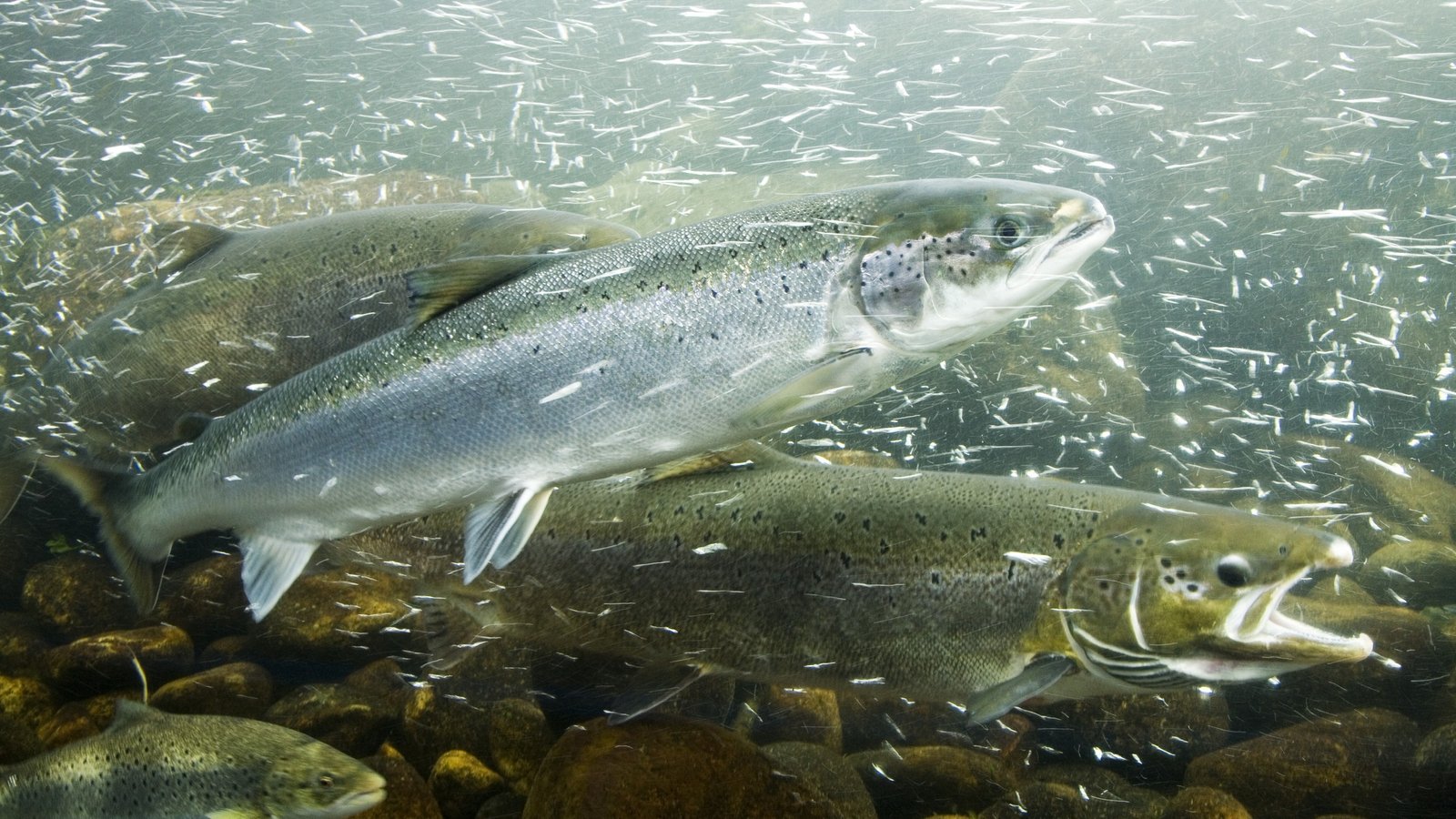World
‘Catastrophic’ drop in wild salmon returning to Ireland

The number of wild salmon returning to Ireland to spawn has seen a “catastrophic decline in one generation,” Inland Fisheries Ireland has said.
Deputy CEO Dr Cathal Gallagher said numbers declined from 1.76 million in 1975 to 171,700 in 2022, with “a blend of threats” impacting salmon populations.
Salmon spend two years of their early life in fresh waters before they migrate to the ocean and later return to the same fresh water to repeat the cycle.
“We believe a lot of it may be due to changing ocean conditions, impacts of climate change, but it’s very hard to put your finger on one particular aspect of that,” Dr Gallagher said.
Speaking on RTÉ’s Morning Ireland, he said salmon not having the same food sources, or other fish preying on their food, could also be a contributing factor.
We need your consent to load this rte-player contentWe use rte-player to manage extra content that can set cookies on your device and collect data about your activity. Please review their details and accept them to load the content.Manage Preferences
IFI is hosting the annual meeting of the North Atlantic Salmon Conservation Organisation (NASCO) this week in Co Mayo, on behalf of the EU.
Discussions will be attended by government fisheries managers and scientists from the US, Canada, Norway, Denmark, Iceland, the EU and the UK.
Around 100 delegates are expected to attend the meeting.
“In particular we will be looking at the challenges faced by this iconic species, such as invasions of pink salmon – a salmon from the Pacific Ocean,” said NASCO president Kimberly Damon-Randall.
On 7 June, NASCO delegates will tour the National Salmonid Index Catchment on the River Erriff, a world-class applied scientific research facility at Aasleagh Falls, Co Mayo.
Dr Gallagher said that IFI is “trying all the time to improve the quality of the water and the quality of the habitat” for salmon, adding that “rivers really are like the engines that are producing all those juveniles”.
He said that they are “trying to look at all areas to see where we can help restore these populations”.
“Salmon holds a special place in Ireland’s cultural and ecological heritage,” said Minister for the Environment Eamon Ryan.
“That is why it is so important that NASCO is focusing on the pressures and risks to migratory Atlantic salmon in our native rivers, and on the marine environment in areas where fish make long journeys to feed before returning as adults to their rivers of birth,” he said.










